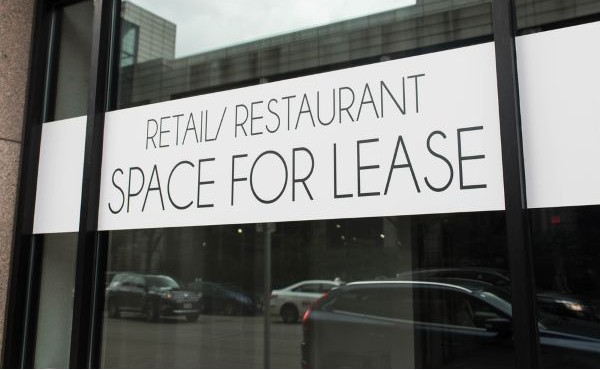Retailers across the U.S. are shuttering stores at a much faster pace in 2025, with store closures up 67% compared to the same time last year. In just the first week of July, 119 stores closed their doors, contributing to a total of 5,941 closures announced through July 4, according to CoreSight Research. Meanwhile, 4,176 new locations have opened, but the growing gap is leaving millions of square feet vacant.
CoStar estimates that approximately 50 million square feet of retail space has gone dark this year with no replacement tenant yet in place. While brick-and-mortar shopping remains popular among consumers, rising closures may reflect broader anxiety among retailers, particularly as consumer sentiment weakens and economic uncertainty persists.
The number of closures this year marks a significant jump from the 3,496 reported over the same period in 2024. Although store openings have kept pace with last year, the surge in closures is driving higher vacancy rates. In total, 123.7 million square feet of retail space has been closed so far in 2025, compared to just 74.5 million square feet of new openings.
Still, the pace of closures remains behind CoreSight’s forecast of 15,000 store shutdowns for the year. Interestingly, new store announcements are outpacing expectations as well, exceeding the projected 5,800 new locations set in January.
Among the hardest hit are brands that have recently gone through bankruptcy. Joann leads the way with 815 closures, followed by Party City with 738 and Big Lots with 682. At least 11 retailers are planning to close more than 100 locations this year, including major pharmacy chains, convenience store operator 7-Eleven, and the bankrupt fashion brand Forever 21.
In contrast, discount retailers are driving much of the expansion. Dollar General plans 611 new locations, followed by Dollar Tree with 378, Aldi, and Five Below, signaling continued consumer demand for value-oriented shopping.
Despite the wave of closures, investor interest in retail real estate is rebounding. In May, Nuveen raised $320 million in institutional capital to acquire grocery-anchored retail centers, a sign of renewed confidence in the sector.
Consumer spending data remains mixed. Though foot traffic increased 1.8% and retail sales rose 3.1% year-over-year in May, actual purchase volumes grew only 1.5%. The modest gains suggest shoppers are cautious, likely influenced by lingering concerns around tariffs and economic policy uncertainty.
Source: Bisnow

